Search
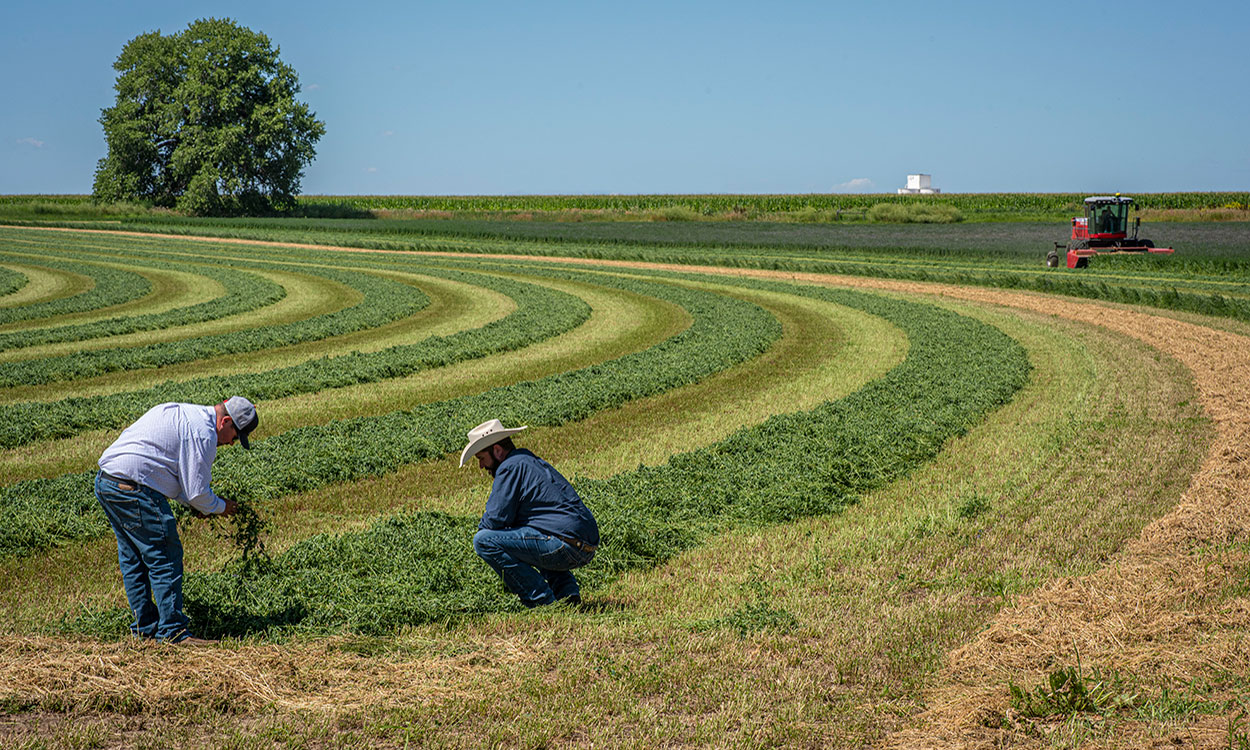
Alfalfa Harvest Timing and Objectives
Guessing when to make that first cutting can be difficult, as using plant maturity or calendar dates alone can be quite risky. Get the most out of your first cutting with some expert tips that consider the timing and objectives of alfalfa harvest.
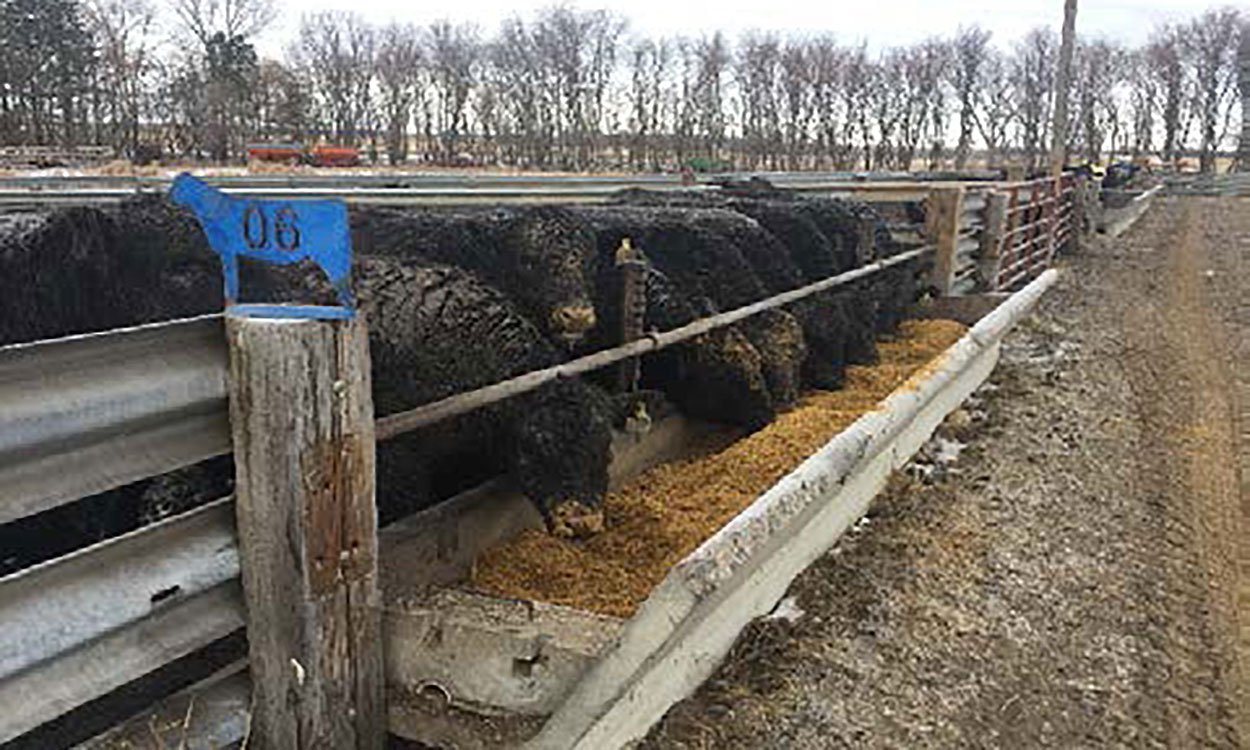
Case Study: Effect of Adding More Concrete to Open Pens
Mud caused by excessive precipitation dramatically reduces cattle performance. Pouring additional concrete and working on improving pen surfaces are approaches that can improve poor-weather performance in an open yard.

Dealing With Heat Stress in Dairy Cows
Alleviating heat stress is critical to milk production. Heat stress from high environmental temperatures can be compounded by mistakes in managing and feeding cows. Water is your first concern during periods of high temperatures.

Phosphorus and Algal Blooms (Part 1 of 4)
This week we are joined by Dr. Lindsey Pease, an assistant professor and extension specialist in nutrient and water management at the Northwest research and outreach center for the University of Minnesota, and Dr. Chad Penn, a soil scientist for the USDA Agricultural Research Service and an adjunct professor at Purdue University.
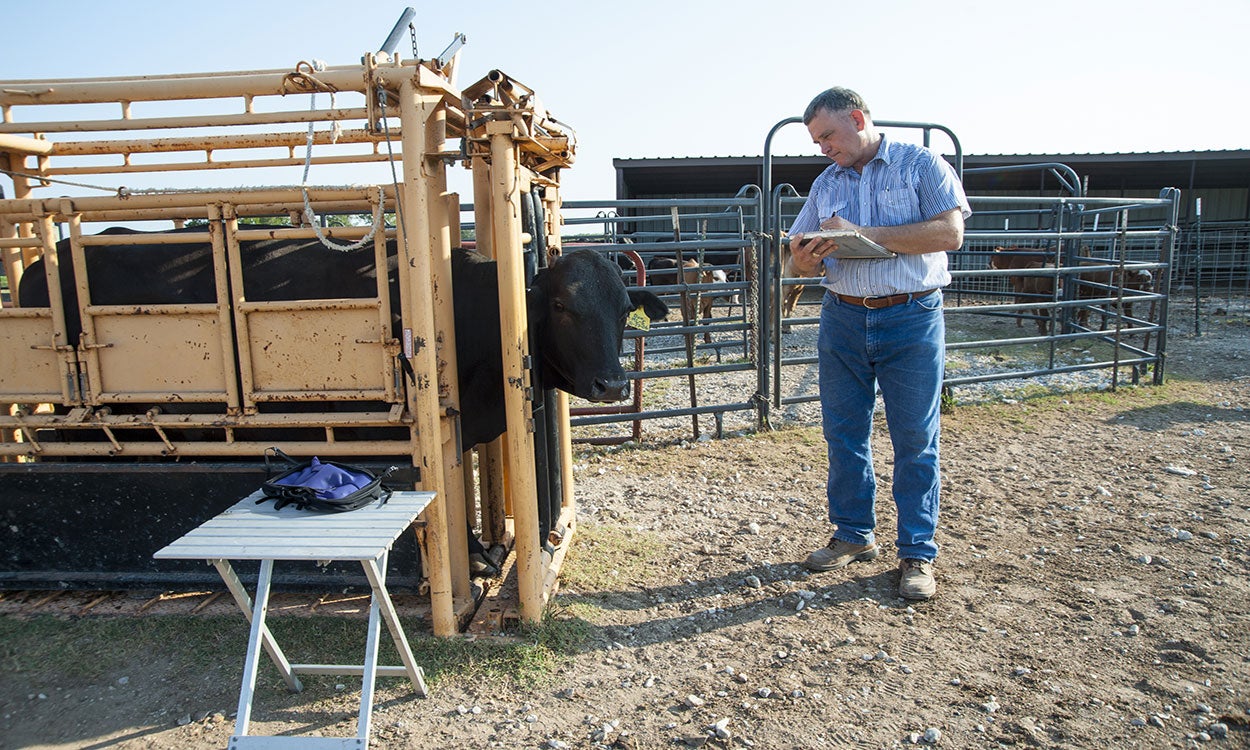
Maternal Bovine Appeasing Substance (MBAS)
With positive management decisions sometimes triggering stress in cattle, interest in cattle calming products has increased, including products with the main ingredient of synthetic Maternal Bovine Appeasing Substance (MBAS).
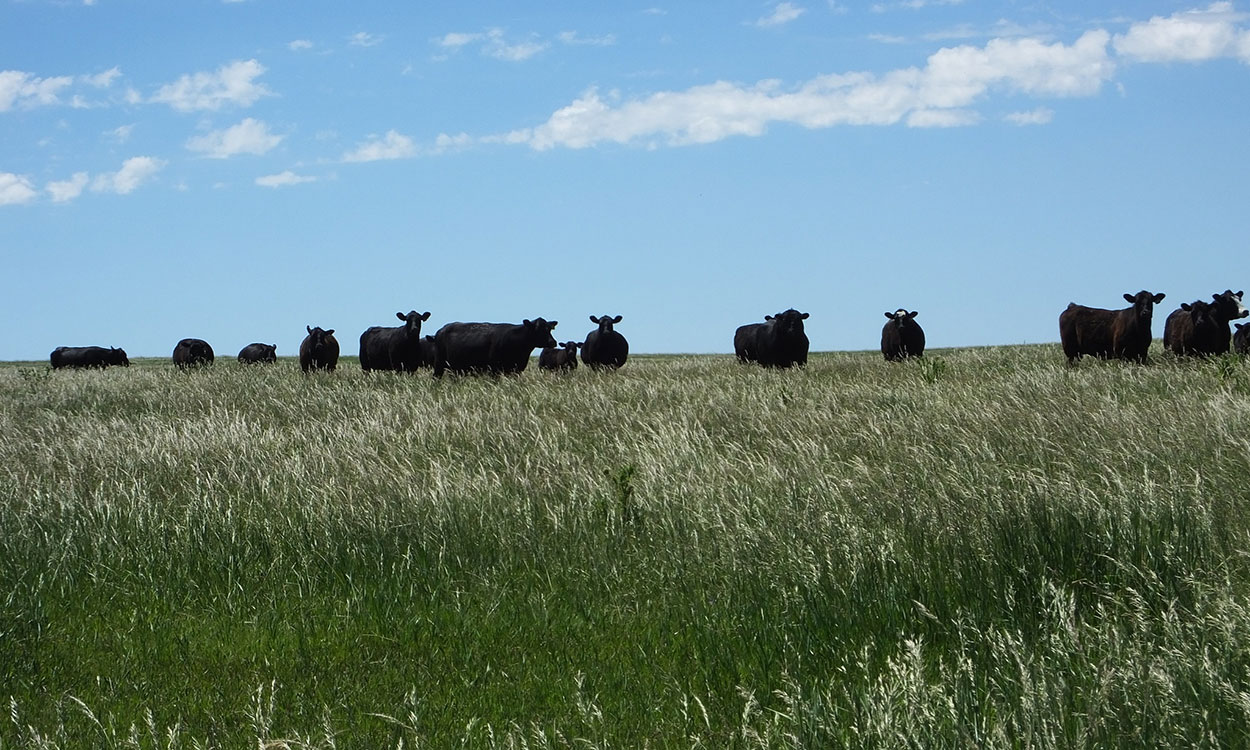
Grass-Fed Beef: Production Costs, Quality, Voluntary Certifications and Marketing
Generally speaking, grass-fed beef producers are challenged with production expenses that are greater than those of conventionally raised beef. However, profit margins can be greater than those of conventionally raised beef if marketed wisely and creatively.
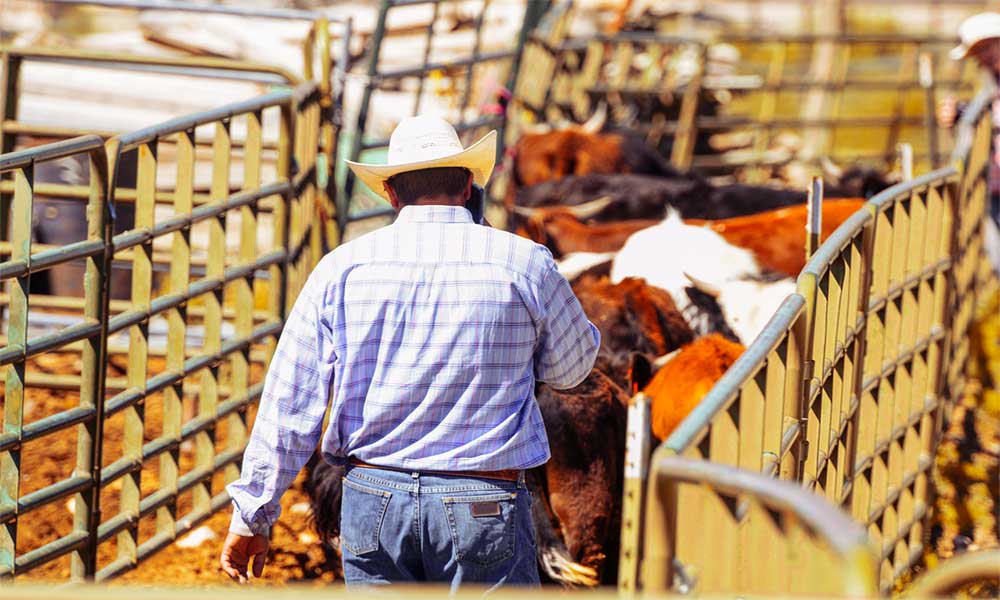
Mycoplasma Bovis in Feedlot Cattle: Treating and Controlling Infections
Mycoplasma bovis is a challenging component of respiratory disease in feedlot calves. Understanding the factors that help it become established is a good first step in formulating a plan with your veterinarian to help diminish its impact on health and productivity.
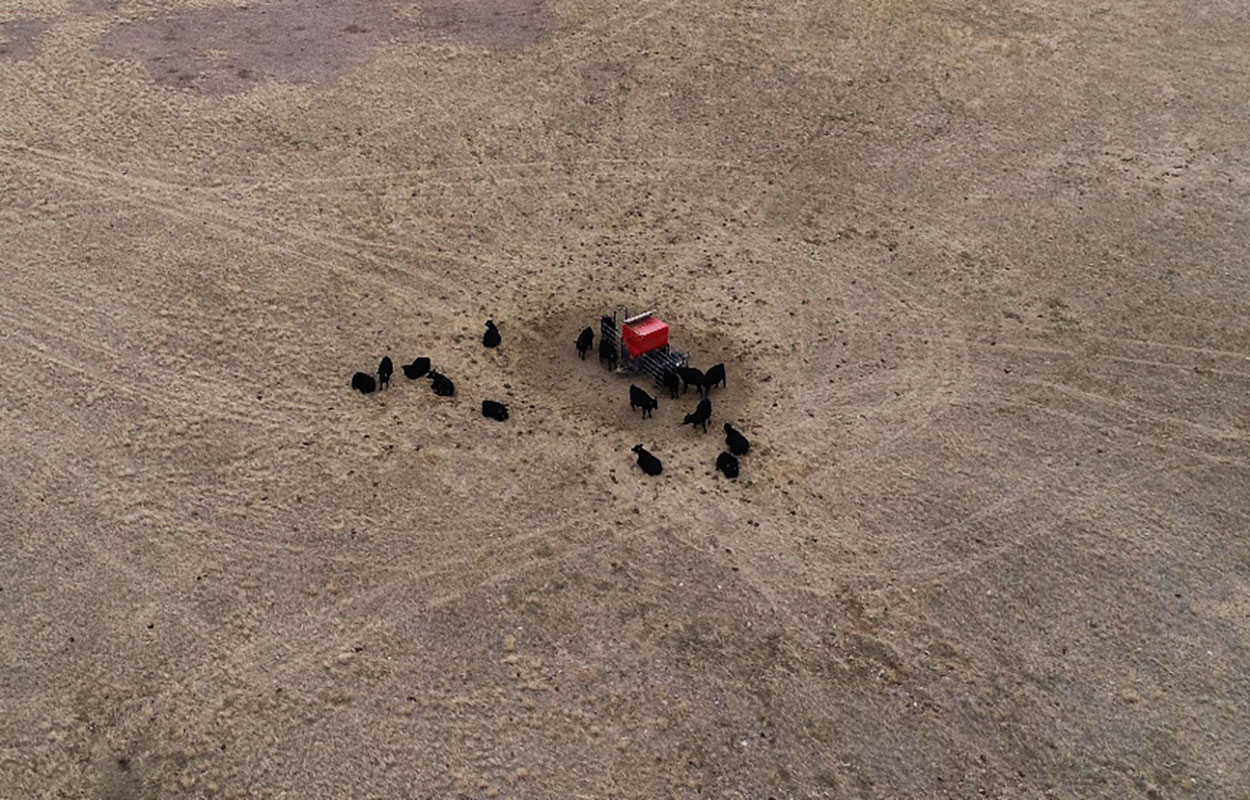
Utilizing Drones for Ranching Operations
Using drones as a tool for monitoring grasslands, checking cattle, and monitoring water sources has increased recently. Learn some important licensing and safety considerations for using drones on your operation.

Stalk Grazing to Combat Volunteer Corn
Fall aftermath grazing by livestock, particularly cows, can dramatically reduce the amount of volunteer corn in the field. Learn some key benefits that stalk grazing can bring to your operation.
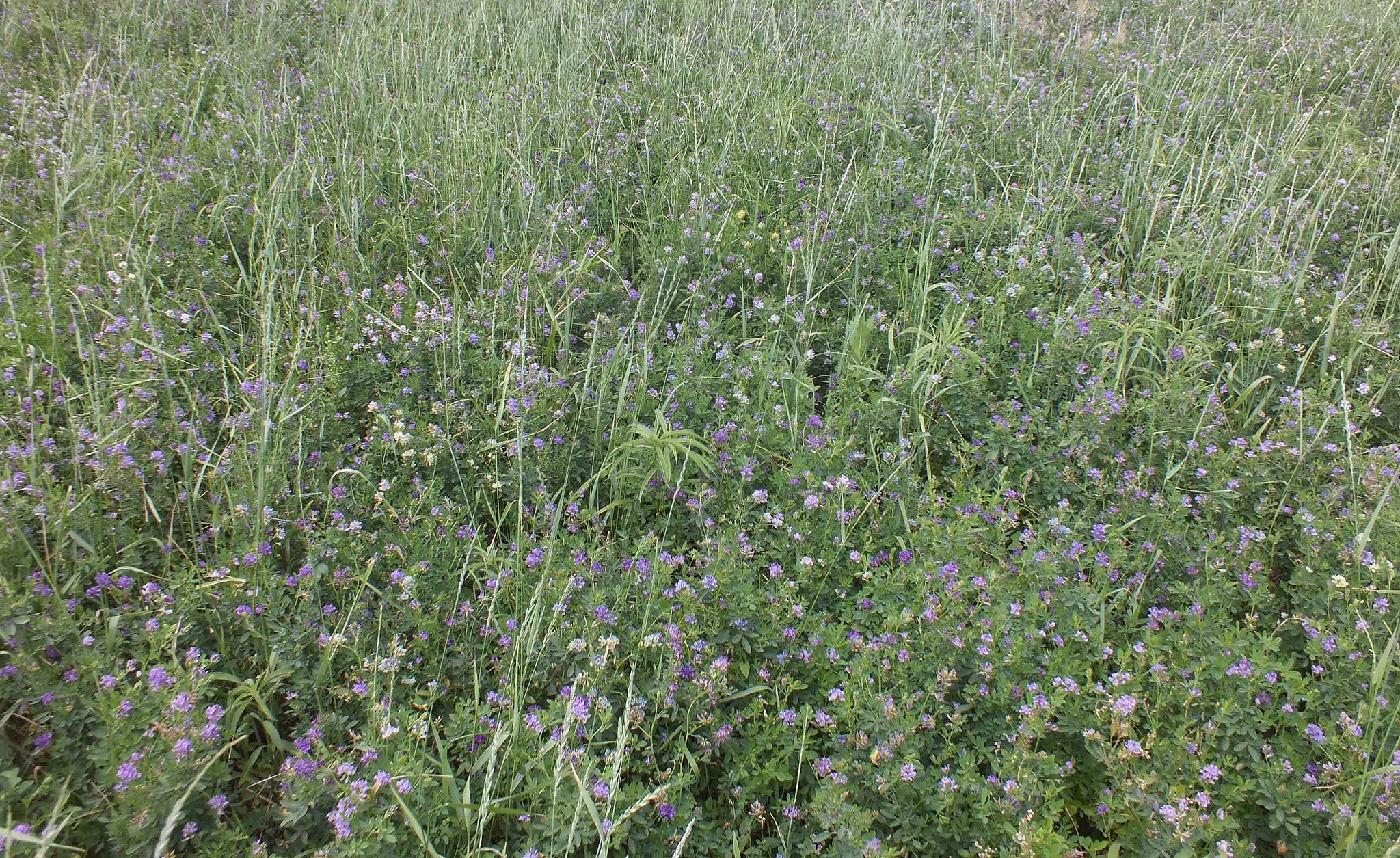
Nitrates
In this episode, Adele Harty, former SDSU Extension Cow/Calf Field Specialist, talks with various cow/calf producers about the subject of nitrate testing feeds, and how that process is used in their day to day operations.